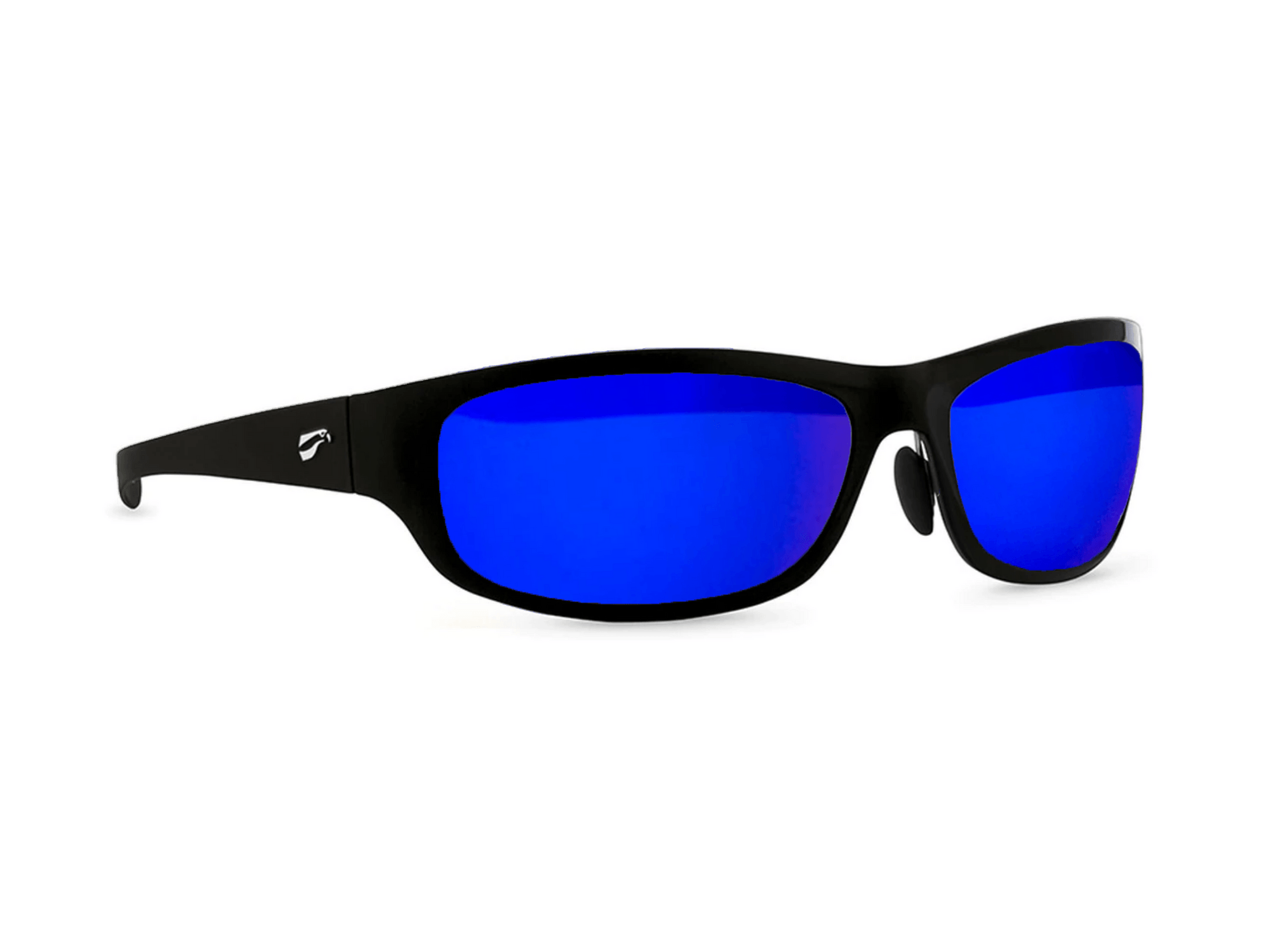High-Flying Risks: How UV Exposure Affects Pilots’ Eye Health—and Why Protection Matters
At 30,000 feet, the views are breathtaking—but the risks to your eyes are invisible.
While most people think of sunglasses as a comfort accessory, for pilots, they’re a crucial tool for long-term eye health. One of the most under-discussed hazards of the aviation profession is the increased exposure to ultraviolet (UV) radiation. And yes—this heightened exposure isn’t just a theoretical risk. It carries very real long-term health consequences that may contribute to increased medical costs for both pilots and the airlines that employ them.
The Science: UV Radiation Increases with Altitude

UV radiation increases logarithmically as you climb higher in the atmosphere. That means the higher you fly, the more intense and dangerous UV rays become. At cruising altitudes of 30,000 to 40,000 feet, pilots are exposed to significantly higher levels of both UVA and UVB radiation than individuals on the ground.
While modern cockpit windows do a decent job of filtering out UVB rays, they don’t completely block UVA rays. This is where things get tricky—because UVA rays penetrate deeper into the skin and eyes, and over time, that exposure can lead to cumulative damage.
Eye Conditions Linked to UV Exposure
Long-term UV exposure is linked to a number of serious eye conditions that disproportionately affect pilots:
-
Cataracts – A clouding of the eye’s lens that can lead to impaired vision or even blindness.
-
Macular Degeneration – Damage to the retina that can result in permanent loss of central vision.
-
Pterygium – A growth on the surface of the eye that can obstruct vision and may require surgery.
Even though data on the exact cost of these conditions among airline pilots isn't always publicly available, the risk is well-documented. It's reasonable to assume that treatment for these chronic conditions contributes to long-term healthcare costs for airline companies and individual pilots alike.
Why Not Just Any Sunglasses Will Do
One common misconception is that polarized lenses offer better protection. While polarization is excellent for cutting down on glare—such as on water or snow—it does not provide any additional UV protection. And more importantly, we advise against the use of polarized lenses in the cockpit. Polarized sunglasses can interfere with digital cockpit displays like PFDs (Primary Flight Displays), MFDs (Multi-Function Displays), and PDAs, making critical information harder to see.
At Flying Eyes, all of our lenses—even our clear bifocals—include UV400 protection, blocking 100% of harmful UVA and UVB rays without compromising visibility in the cockpit.
The Good News? There’s a Preventative Solution.
The right pair of sunglasses can make all the difference—especially when they’re engineered for the flight deck. At Flying Eyes, we design sunglasses specifically for pilots, with optical clarity and comfort under a headset in mind. Our lightweight, flexible frames paired with advanced lens tech mean you get long-lasting protection and uncompromised performance.
Don’t Just Wear Sunglasses—Wear the Right Ones

UV protection isn’t a luxury; it’s a necessity. Protecting your eyes today means avoiding costly medical procedures and protecting your vision down the line. It also means better overall health, performance, and peace of mind.
As pilots ourselves, we created Flying Eyes because we understand that comfort, fit, and function matter—but nothing matters more than protecting the vision that gets you home.





